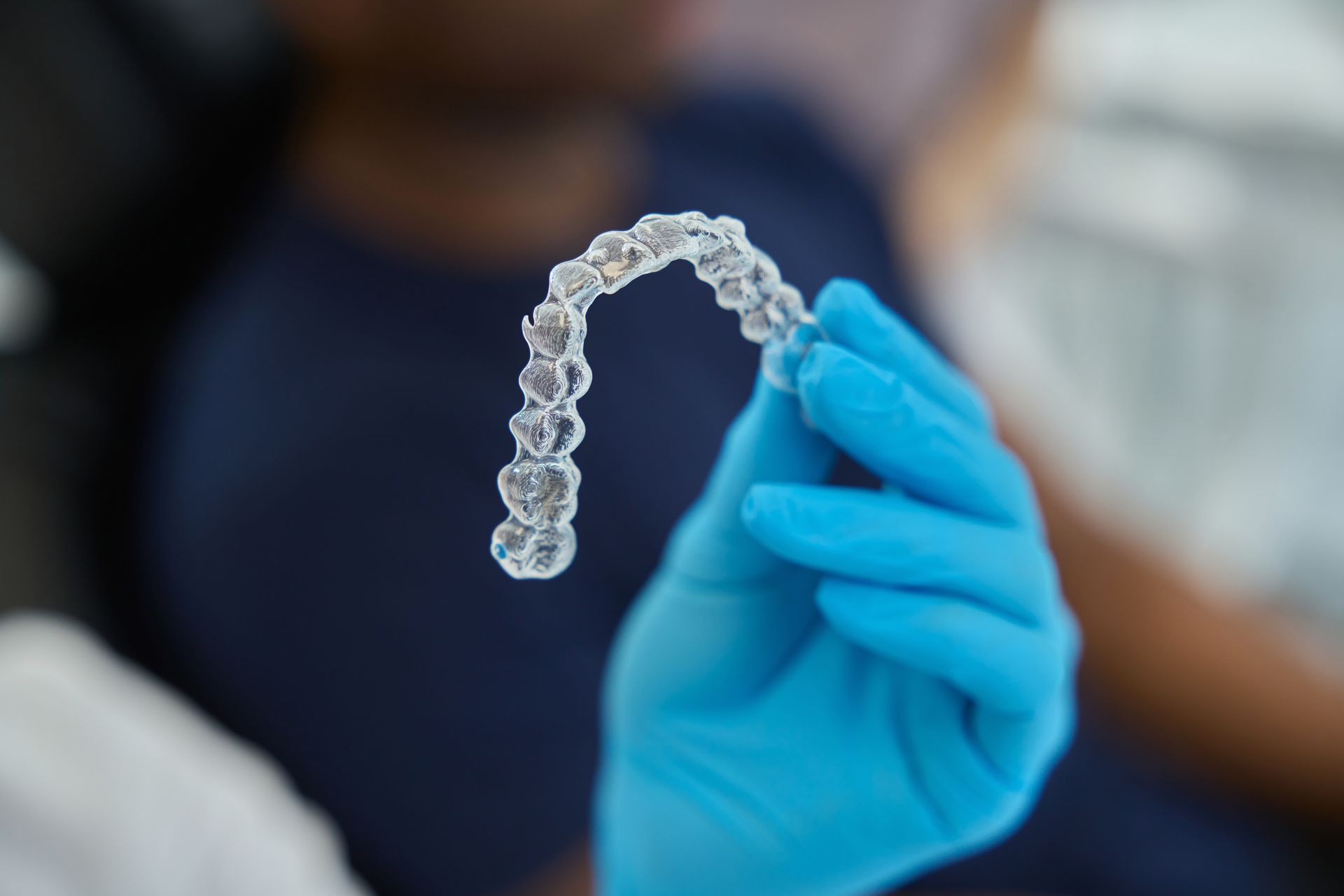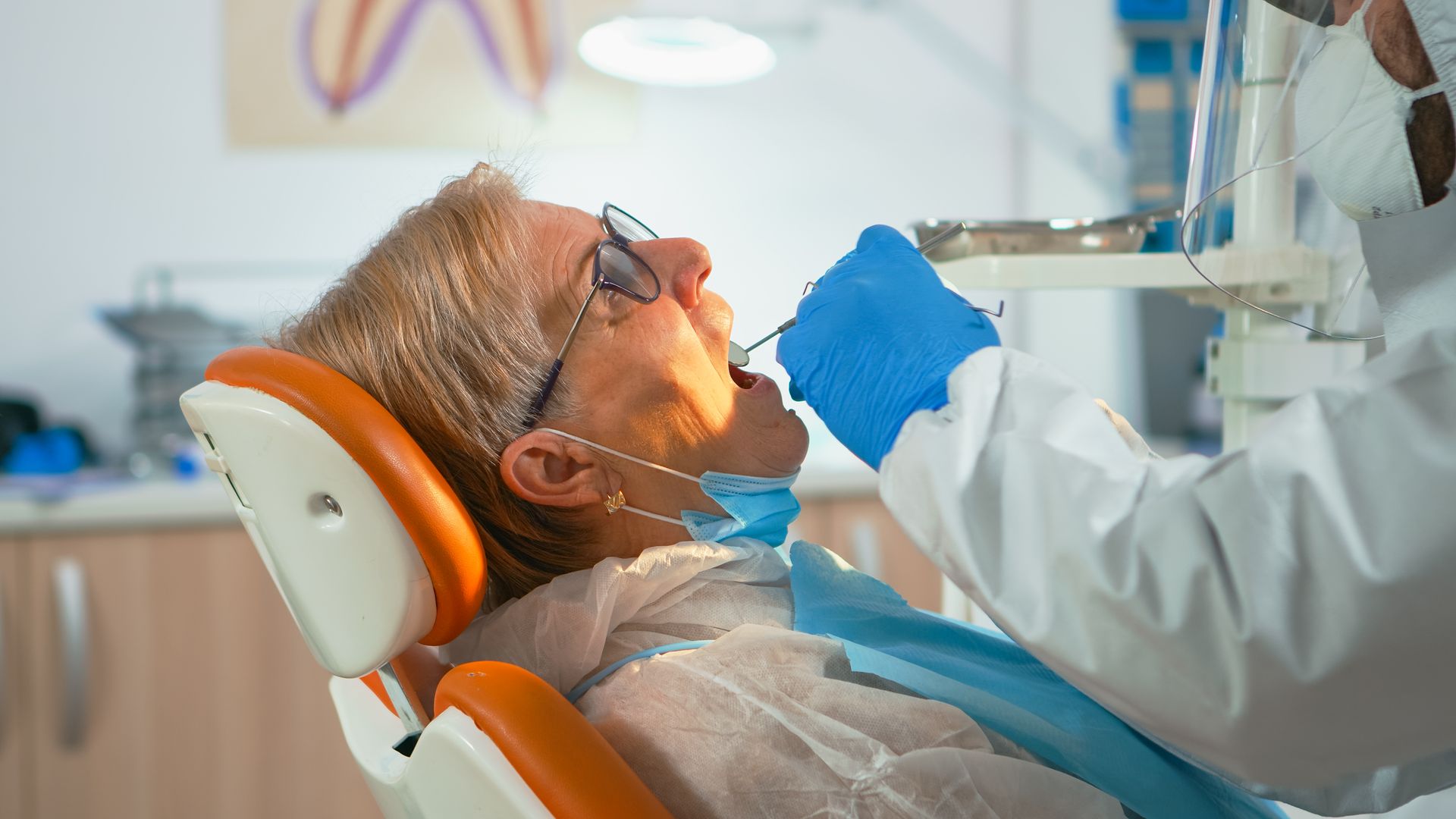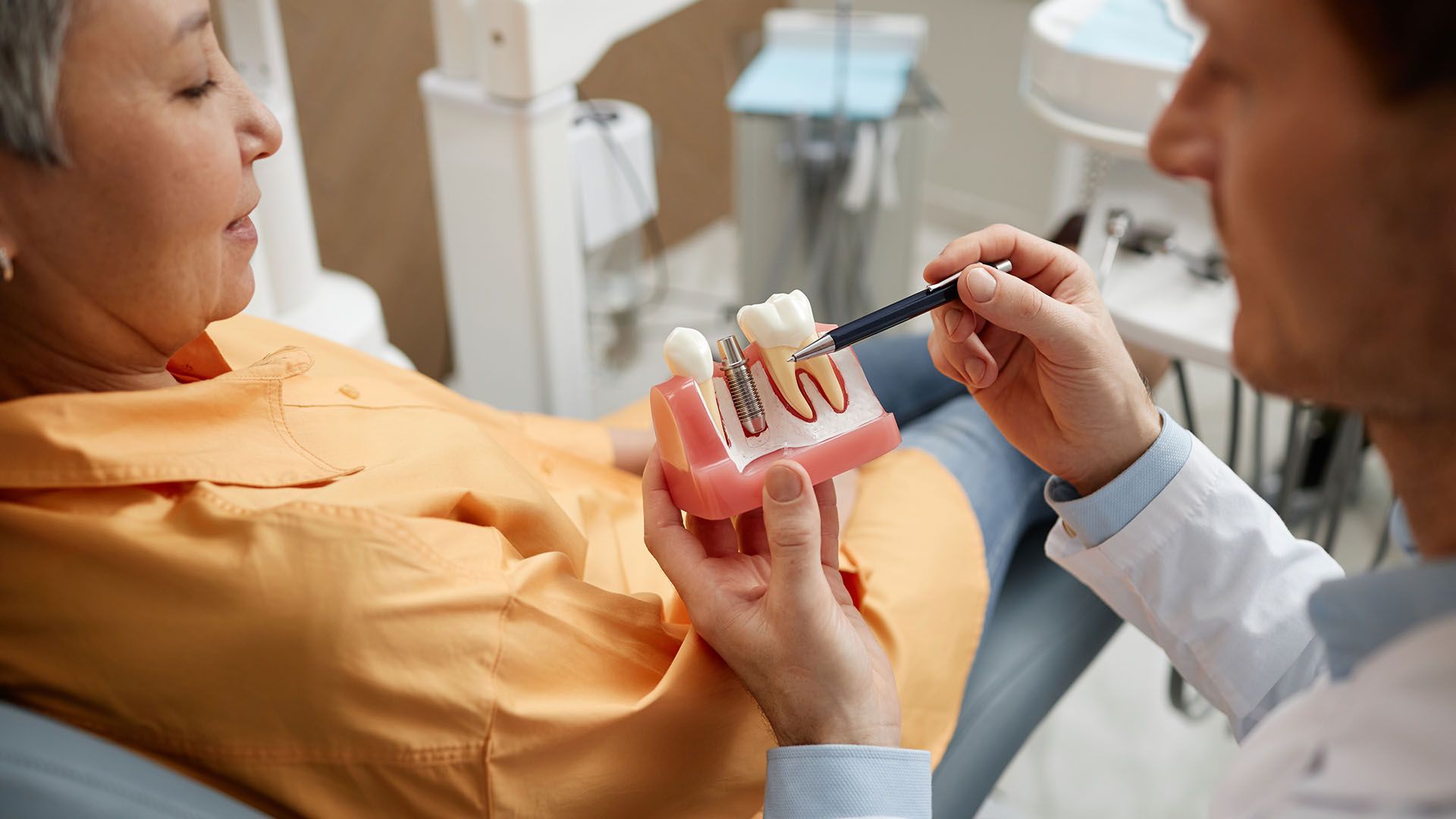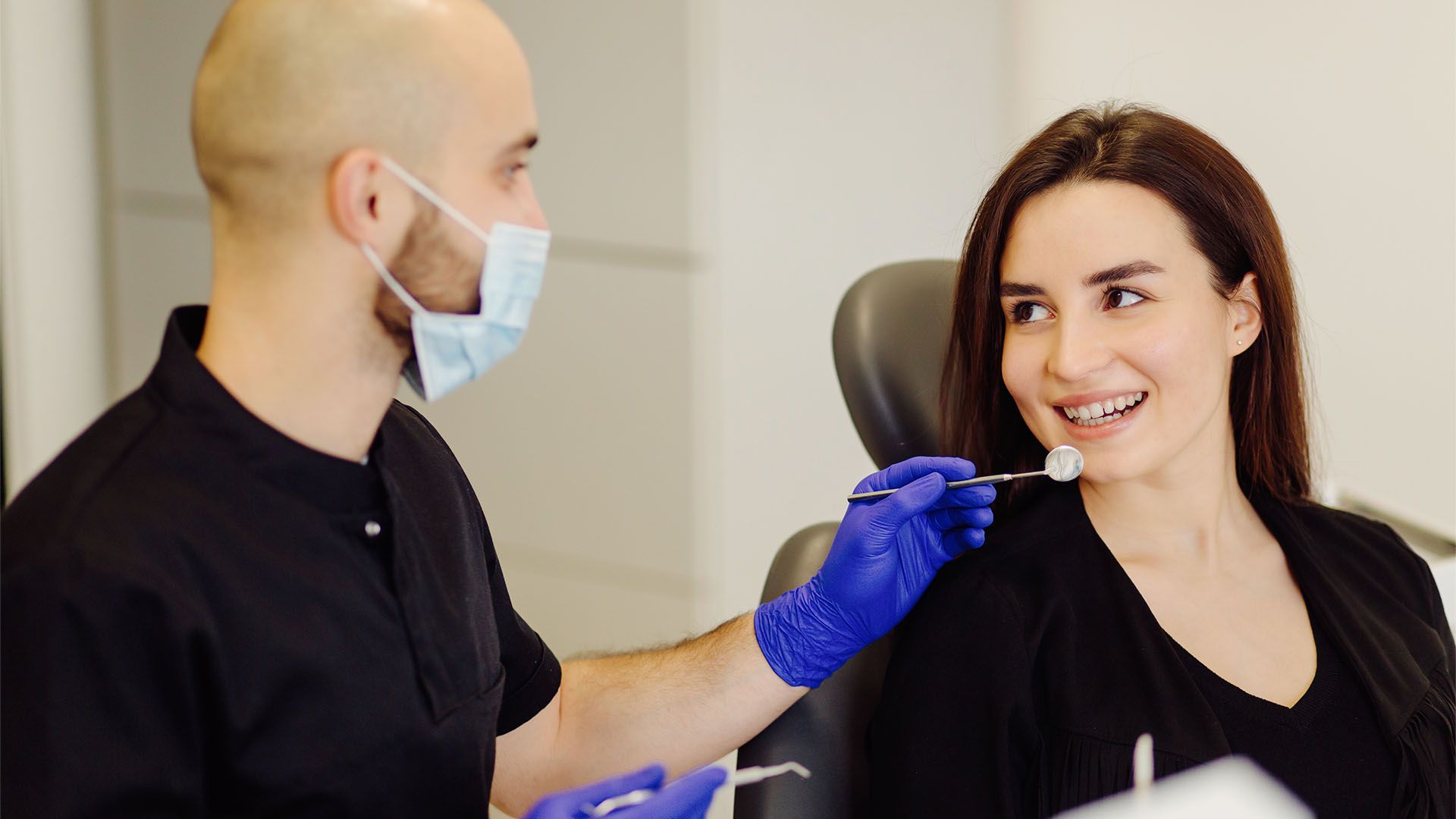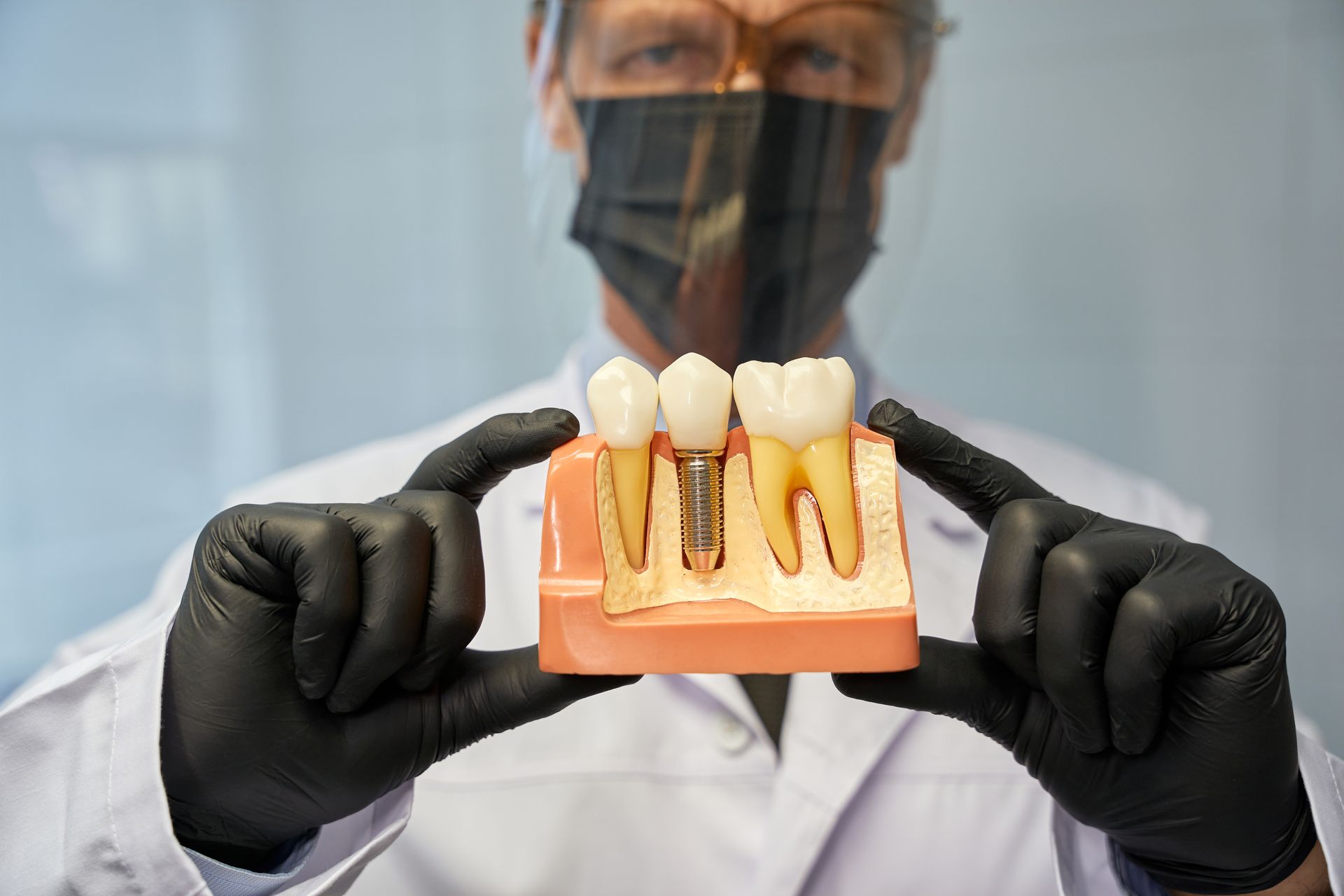Porcelain Jacket Crown: Benefits, Procedure, and Cost

This article is written by the clinical team at Ufberg Dental, PC. Our dentists focus on cosmetic and restorative dentistry and place all-porcelain crowns weekly, especially for front teeth. We use evidence-based protocols for tooth preparation, digital impressions, and precise bonding or cementation. We also partner with top dental labs to match shade, translucency, and shape. Our goal is to give you clear, helpful information, quick answers first, then simple detail.
What Is a Porcelain Jacket Crown?
Definition and Purpose
A porcelain jacket crown is an all-ceramic crown that covers the entire visible part of your tooth. It restores shape, strength, and color while looking like natural enamel. Because there’s no metal substructure, it delivers lifelike translucency and avoids gray lines near the gum. Dentists use these crowns to repair cracked or worn front teeth, strengthen teeth after large fillings, and improve the look of discolored or misshapen teeth.
When It’s Typically Used (e.g., front teeth, cosmetic cases)
These crowns are most common on anterior teeth, the ones you show when you smile. They’re great when you want the most natural appearance: closing chips, fixing edge wear, matching a single dark tooth to surrounding teeth, or restoring a tooth after root canal therapy. For patients who want a durable, cosmetic result without metal, a porcelain jacket is often the preferred option.
Comparison to Other Types of Crowns
Compared with
porcelain-fused-to-metal (PFM), porcelain jackets look more natural because light can pass through them like real enamel. PFMs can leave a dark line at the gum and may appear slightly opaque. Full-metal crowns are very strong but not esthetic. Modern ceramics like
lithium disilicate and
high-strength zirconia have narrowed the strength gap, so many front-tooth cases no longer need metal. In short:
porcelain vs metal crowns porcelain wins on looks; metal or full-strength zirconia may still be chosen for heavy biting forces on molars.

Materials Used in Porcelain Jacket Crowns
All-Ceramic and Feldspathic Porcelain
Traditional porcelain jackets used feldspathic porcelain, hand-layered for excellent detail and translucency. Skilled ceramists can mimic the tiny character of natural teeth halo effects, incisal translucency, and gentle color shifts ideal for single-tooth cosmetic matches.
Advances in Modern Dental Ceramics
Today, many “all-porcelain” crowns are milled from lithium disilicate blocks, then stained and glazed for realism. Lithium disilicate balances beauty with strength, making it a top choice for front teeth and many premolars. For cases that demand extra strength, technicians can use zirconia (monolithic or a zirconia core layered with porcelain). These advances give patients more options that fit their bite, esthetics, and budget.
Strength and Aesthetic Properties
- Translucency & color stability: Mimics enamel and resists stains.
- Strength: Newer ceramics show strong performance when properly designed and bonded.
- Biocompatibility: Ceramic is kind to gums and feels smooth, helping long-term comfort.
Procedure for Getting a Porcelain Jacket Crown
Initial Consultation and Assessment
We start with a smile assessment, photos, and any needed X-rays. You’ll get straightforward recommendations: crown vs veneer vs bonding and why. If a crown is best, we review shade goals, shape preferences, and how the new crown should align with your bite and neighboring teeth.
Tooth Preparation and Impression
The tooth is shaped with precise finishing line design to allow space for the ceramic. This careful tooth preparation for crowns supports strength and a natural look. We capture your bite using a digital scan or high-quality dental impression materials. Accurate records help the lab create a crown with excellent marginal adaptation the seal where crown and tooth meet.
Temporary Crown and Final Placement
You’ll leave with a smooth temporary that protects your tooth and lets you preview shape and length. At the seat visit, we check fit, contacts, and color in natural and operatory light. Minor adjustments are made before final bonding or cementation so the crown feels natural on day one.
Bonding vs. Cementing the Crown
Some ceramics are bonded using adhesive protocols, which can increase strength and improve esthetics on thin edges. Others are cemented with modern resin cements for reliable retention. The choice depends on the material, tooth location, remaining enamel, and your bite forces. We’ll explain which approach suits your case and why.
Key Benefits of Porcelain Jacket Crowns
Natural-Looking Aesthetics
All-ceramic crowns deliver top-tier esthetic dental restoration results: realistic translucency, custom shade, and natural surface texture. When crafted by a skilled lab and matched properly, it’s hard to tell the crown from your neighboring teeth.
Biocompatibility and Comfort
Ceramic is gentle to soft tissues and feels smooth to the tongue and lips. With a precise fit and polished surface, it’s easy to keep clean supporting gum health around the margin.
No Metal Allergies or Gray Lines
No metal means no risk of a dark shadow at the gum. For patients with metal sensitivities or who prefer metal-free dentistry, porcelain jackets are a simple, reliable option.
Limitations and Considerations
Not Ideal for High-Pressure Biting Areas
For heavy grinders or patients with strong posterior bite forces, we may recommend full-strength zirconia or a different design for molars. A nightguard can protect any crown porcelain or otherwise by reducing heavy contact while you sleep.
Durability Compared to Metal-Based Options
Metal crowns remain the durability gold standard under extreme loads. That said, modern ceramics especially lithium disilicate and newer zirconias show excellent crown durability on front teeth when planned and bonded correctly.
Cost Factors
Fees reflect material choice, lab customization, digital technology, and case complexity. Highly individualized esthetics (characterization, texture, and precise translucency) may add lab time and cost but produce a more natural result.
Cost of Porcelain Jacket Crowns
Average Price Range
Pricing varies by region and your specific needs. In many markets, porcelain jacket crowns fall in the same tier as other premium all-ceramic crowns. Your treatment plan will include an exact fee before any work begins.
Factors That Influence Cost (material, location, lab fees)
- Ceramic selection (lithium disilicate, layered feldspathic, or
zirconia core)
- Shade and esthetic complexity
- Bite adjustments or wax-ups for planning
- Technology used (digital design, custom staining)
- Chair time and collaboration with the lab
Insurance Coverage and Payment Options
Insurance may contribute when a crown is medically necessary for decay, fracture, or replacement of a failing restoration. Cosmetic-only cases may receive limited benefits. We'll verify coverage, offer clear estimates, and discuss payment options so there are no surprises.
Caring for Your Porcelain Jacket Crown
Oral Hygiene Tips
Brush twice daily with a soft brush and fluoride toothpaste. Clean around the crown margins with floss, interdental brushes, or water flossers. Good hygiene preserves gum health and helps the crown’s margin stay sealed and smooth.
Avoiding Damage (foods, habits)
Porcelain is tough but can chip under point pressure. Avoid chewing ice, biting pens or fingernails, or using teeth as tools. If you clench or grind, a custom nightguard spreads forces and protects both ceramics and natural enamel.
When to Replace or Repair a Crown
With proper care, many crowns last well over a decade. Replacement becomes necessary if there’s recurrent decay at the margin, a crack, or a chip that can’t be polished or repaired. Small chips are sometimes smoothable or patchable; larger ones may require a new crown, depending on the material and location.
Ready to Restore Your Smile with a Porcelain Jacket Crown?
Get a quick, expert opinion from Ufberg Dental, PC. We’ll tell you exactly what to expect, timeline, materials, and cost before you decide.
- Esthetic, metal-free options tailored to your bite
- Transparent pricing and insurance guidance
- Treatment by a cosmetic-focused clinical team
Want to see real results? Check out our
smile gallery to view before and after photos of actual patients who have transformed their smiles with porcelain crowns and other cosmetic treatments.
Schedule a consultation right now.

